The Catastrophic Consequences of Sepsis: The Traumatic Story of a Sepsis Survivor
In April 2016, I had a life threatening and life changing experience as a result of an infection in my index finger. One week previously I had seen a physician who diagnosed a Cellulitis infection on my finger and prescribed an antibiotic to treat it. Unfortunately for me this physician did not give me any information about what I should do if the antibiotic he prescribed was not successful in treating this infection. To make a long story short a week later I collapsed at home and was rushed to the hospital with a ruptured abdominal aneurysm and in septic shock. I survived an event with a higher than 90% fatality rate.
What had happened was that the infection I had, had seeded itself in my blood stream, creating and causing an aneurysm to rupture. When I was taken to the hospital I was essentially bleeding to death. Emergency vascular surgery, blood transfusions, a week in a coma and 3 weeks in the ICU saved my life. I feel fortunate to be alive.
As part of my recovery and to help prevent problems of this type occurring for other people I have taken to writing about my experience. In particular I have written two articles which were published in the Toronto Globe and Mail Facts and Arguments Column. These articles can be accessed by Googling my name and the Globe and Mail. As well I have complained to the College of Physicians and Surgeons of Manitoba about the medical care I received from the aforementioned physician and two other physicians I saw in the week previous to my near death experience.
Unfortunately my story is all too typical of Sepsis survivors who have received deficient medical care leading up to a traumatic medical experience which in many cases could have been prevented with better patient/physician communication and medical care. Recently as a result of my complaint about the first physician I saw the College published the following note in its newsletter:
"The investigation Committee recently reviewed a case which highlighted the importance of providing good instruction for follow up. A patient with cellulitis of the hand was seen on a walk-in basis and provided with antibiotics. The next day he was seen by another physician who drained the abscess. Unfortunately the patient went on to develop sepsis and seeded a mycotic psuedoaneurysm resulting in an extended ICU admission. While this specific complication is rare, sepsis is a life threatening complication which requires rapid intervention, so physicians must be vigilant in providing follow-up instructions.
As with any acute illness, patients with infections should be informed of the anticipated course of recovery and what to do if their clinical course does not follow this trajectory. Patients who understand the anticipated time lines and the specific signs of deterioration are better able to seek appropriate reassessment in a timely fashion."
I went through a hell of an experience. But what I went through pales in comparison to what my family had to deal with. We are all still recovering from the PTSD symptons of this terrible experience. We need to do more to educate not only doctors but also the general public about Sepsis. The catastrophic consequences of infections can and often do kill people.
Mac Horsburgh, Sepsis Survivor
To prevent further stories like this, please help us raising awareness for sepsis by donating.
The article above was written by Mac Horsburgh and is shared here with his explicit consent. The views in the article do not necessarily represent those of the Global Sepsis Alliance. They are not intended or implied to be a substitute for professional medical advice. The whole team here at the GSA and World Sepsis Day wishes to thank Mac for sharing his story and for fighting to raise awareness for sepsis.


